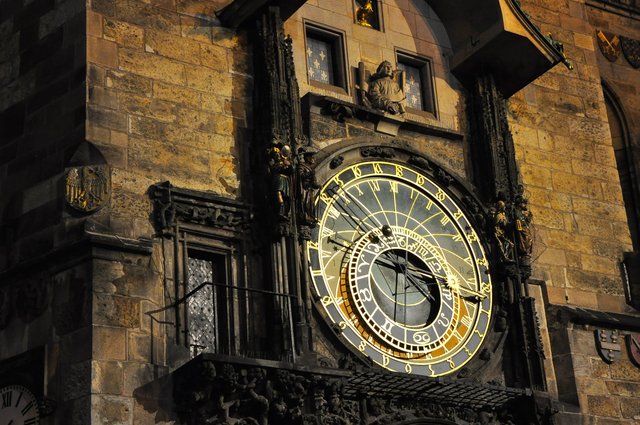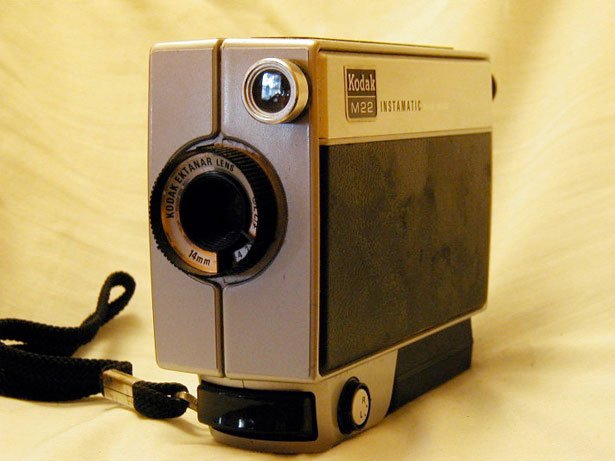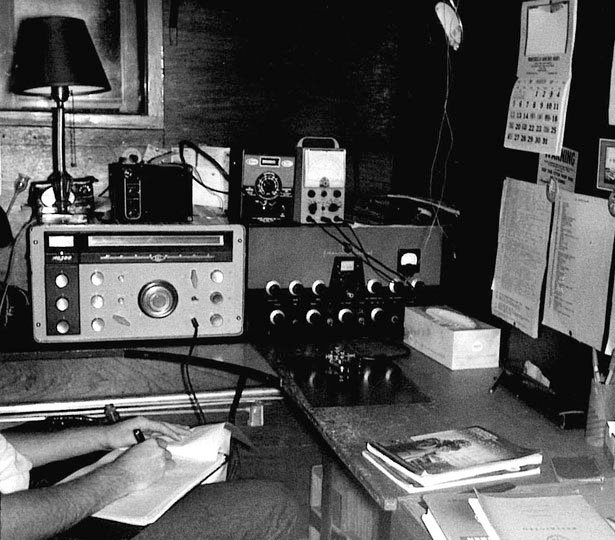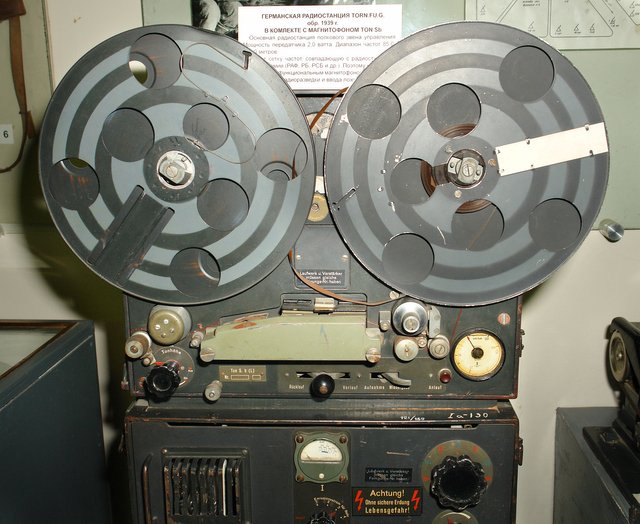Tech News - A Walk Down Memory Lane, Forgotten Devices of the Past (Part 2)
Devices have changed a lot but many of the things we use today some sort of early form or similar but more basic invention can be contributed to its creation. The power we have as human beings to create and recreate new tools and inventions is absolutely extraordinary and it is probably one of our greatest strengths as a species. Would you like to take another walk down technological memory lane with me? Based on the response I had from my last article on this topic I figured it only appropriate to keep going with this theme until my readers lose interest and abandon me or I run out of material, whichever comes first! In the last article, I claimed that most of the technologies that we have used in the past have been made obsolete by newer and more advanced technology that we use today. Although that isn't always true. The telephone, for example, has been around a very long time but the phone we use and hold in our pocket today is vastly different from its original design. Its hard to argue that they are in any way alike other than the fact they both were and are able to make calls. While some inventions manage to be improved upon, others are simply replaced and the ways in which we do certain things tend to change and morph as we find new methods to accomplish similar tasks. It really is humorous to consider the fact that the technologies I intend to discuss in this article were considered extremely cutting-edge at the time they were released. Boy oh boy how times change! So without further delay (hoping I've built up the anticipation sufficiently for this new wave of dinosaur devices), let's get going... The first technological artifact I'd like to discuss in this article is the "Super 8/8mm” Handheld Video Camera. This device is quite ancient indeed. Digging into the details I was able to learn that Kodak had invented the Super 8/8mm film format in 1965. It was a huge hit and generated demand in both corporate and family settings. Soon after, handheld film cameras flooded the market. The living rooms of people everywhere were filled with families watching the hi-jinks at Freddie’s sixth birthday party. The original Super 8 film release was a silent system only, but in 1973 a sound on film version was released. The film with sound had a magnetic soundtrack[7] and came in larger cartridges than the original cartridge in order to accommodate the sound recording head in the film path. Sound film requires a longer film path (for smoothing the film movement before it reaches the recording head), and a second aperture for the recording head. Sound cameras were compatible with silent cartridges, but not vice versa. Sound film was typically filmed at a speed of 18 or 24 frames per second.[8] Kodak discontinued the production of Super 8 sound film in 1997 citing environmental regulations as the reason. The adhesive used to bond the magnetic track to the film was environmentally hazardous.[9] The Canon Super 8mm camera came some time after and was used for television commercials amongst other high end applications. Based on research it seems that this technology is still in use to a certain extent even today! The growing popularity and availability of non-linear editing systems has allowed film-makers and any user of film to shoot Super 8 film but edit in digital. This avoids much of the tedium of handling film and the damage to the film which can occur when editing the actual film. Super 8 films may be transferred (scanned) to digital through a variety of processes, and then imported into computer-based editing and correction systems for post production. Today's systems can even scan super 8 to 4K digital in a variety of formats. Here is a sample of Super 8 Data Scanned to 4K.[13] It is amazing to think that some of the 4K videos we see on Youtube, TV or even the silver screen could have been shot using this technology. Not only is it hard to imagine that these old clunkers have paved the way for the types of high end digital cameras we have access to today but beyond that it seems Kodak invented is still preferred by many in the industry! Isn't it great when an invention can stand the test of time and come out on top as a truly irreplacable item used to share human experience? Do you like ham? What about radio? What if we mixed them together and made a ham radio? Would you like that? But in all seriousness the Ham Radio is an incredibly useful device offering people the ability to communicate across amazingly long distances. It is another technology that has really stood the test of time and is still being used to this day. An estimated six million people are still involved with this hobby that began at the start of the 20th century. HAM radio operators communicate with each other over short wave radio. HAM radios have been featured in many popular movies, including The Shining and Contact. The term "ham" was first a pejorative term used in professional wired telegraphy during the 19th century, to mock operators with poor Morse code sending skills ("ham-fisted").[10][11][12][13] This term continued to be used after the invention of radio and the proliferation of amateur experimentation with wireless telegraphy; among land- and sea-based professional radio operators, "ham" amateurs were considered a nuisance. The use of "ham" meaning "amateurish or unskilled" survives today in other disciplines ("ham actor"). The amateur radio community subsequently began to reclaim the word as a label of pride,[14] and by the mid-20th century it had lost its pejorative meaning. Although not an acronym, it is often mistakenly written as "HAM" in capital letters. Ham Radio will continue to exist long into the future because really there is no other alternative for the technology based on our current understanding of physics and science. If you want a reliable way to communicate across long distances via radio waves. Ham is great, don't you think? When it came to recording audio it is a known fact that the first tape recorders were reel to reel. They were the preferred technology for professional sound designers until digital formats rendered them obsolete. The reel-to-reel format was used in the earliest tape recorders, including the pioneering German-British Blattnerphone (1928) machines of the late 1920s which used steel tape,[3] and the German Magnetophon machines of the 1930s. Originally, this format had no name, since all forms of magnetic tape recorders used it. The name arose only with the need to distinguish it from the several kinds of tape cartridges or cassettes such as the endless loop cartridge developed for radio station commercials and spot announcements in 1954, the full size cassette, developed by RCA in 1958 for home use, as well as the compact cassette developed by Philips in 1962, originally for dictation. We can thank Mr. Jack Mullen for bringing this technology to the U.S. as he was a member of the U.S. Army Signal Corps during World War II. His unit investigated German radio and electronics activities. He acquired two Magnetophon recorders and 50 reels of I.G. Farben recording tape and shipped them home. Over the next two years, he worked to develop the machines for commercial use, hoping to interest the Hollywood film studios in using magnetic tape for movie soundtrack recording. Mullin gave a demonstration of his recorders at MGM Studios in Hollywood in 1947, which led to a meeting with Bing Crosby, who immediately saw the potential of Mullin's recorders to pre-record his radio shows. The meeting resulted in Crosby investing $50,000 into Ampex, a local electronics company to enable Mullin to develop a commercial production model of the tape recorder. Using Mullin's tape recorders, and with Mullin as his chief engineer, Crosby became the first American performer to master commercial recordings on tape and the first to regularly pre-record his radio programs on the medium. One thing is certain, reel to reel has set precedent for all future recording devices that came afterwards. So when you jam out listening to tracks on your iphone or android phone, don't forget how that came about! These are just a few more gadgets to add to the list laying the way for the newer and more modern gadgets that we carry around and have sitting in our homes today. Do you have any experiences using any of the devices discussed in this article? Do you find tech inventions of the past to be an interesting topic? Thanks for reading. Authored by: @techblogger In-text citations sources: Super 8/8mm - Wikipedia Ham Radio - Wikipedia Reel to Reel - Wikipedia Image Sources: Wikipedia
Image Source: Pexels




Upvoted.
Thanks mate! Drop by anytime.
To listen to the audio version of this article click on the play image.

Brought to you by @tts. If you find it useful please consider upvoting this reply.
Technology has evolved
It certainly has!
Kodak apparently has plans to reintroduce the Super 8 camera: https://www.kodak.com/US/en/consumer/products/super8/super8-camera/default.htm